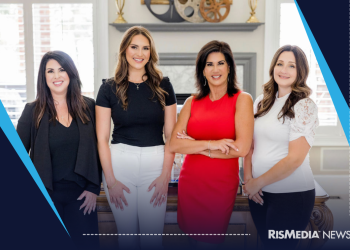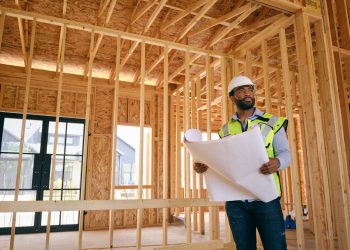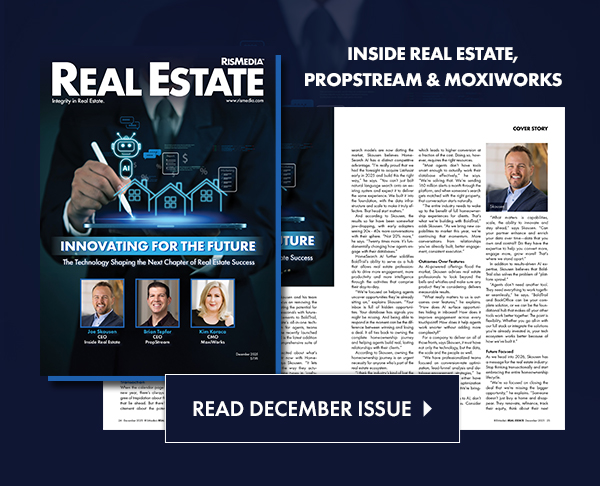 RISMEDIA, December 7, 2010—One of the basic premises of business is that people like to do business with people they like and trust. Real estate is certainly no exception. While today’s digitally detached world seemingly makes it more difficult for people to get to know the real you, in many ways it actually makes it much easier. While you might not be able to be out there meeting and greeting with every prospect, you can still make a personal connection thanks to the power of video.
RISMEDIA, December 7, 2010—One of the basic premises of business is that people like to do business with people they like and trust. Real estate is certainly no exception. While today’s digitally detached world seemingly makes it more difficult for people to get to know the real you, in many ways it actually makes it much easier. While you might not be able to be out there meeting and greeting with every prospect, you can still make a personal connection thanks to the power of video.
Watching videos online has grown exponentially in recent years—most viewers don’t even distinguish between the computer and television screen anymore. In fact, according to statistics from Neilsen’s quarterly “Three Screen Report,” the average video consumer watched 3 hours and 22 minutes of video online per month in the last quarter of 2009. What’s more, a recent YouTube study says that visitors will spend six minutes on a website with video versus only 60 seconds on a text-only site.
For any video to be successful, however, it must begin with a clear idea of what message you’re trying to send and the audience you are trying to send it to. Then, it must allow viewers to see the real you—your personality and all the unique qualities that make you…you. This is essential in order to stand out among the sea of real estate professionals and other amateur filmmakers on the Web.
Canada’s resident real estate expert, Michael Krisa, better known as “That Interview Guy,” knows a thing or two about effective video. A typical opening shot in one of his videos, for example, has him paddling up to the camera in his kayak. This immediately reveals Michael’s passion for the outdoors while effectively engaging his audience.
One of the points I’ve heard Michael and others often stress is that a video doesn’t need to be professionally done to be successful—think Blair Witch Project. The content of your video—even shaky footage of teenagers running through the woods from an unknown evil—is what will attract viewers. The huge popularity of homemade videos on YouTube attests to this fact.
In addition to good, relevant content, great video must also have good audio. A shaky video is acceptable as long as viewers can hear what is being said—and provided what’s being said is worthwhile, of course.
Proper use of an entry-level (under $200), hand-held video camera, like the Flip or Kodak Zi8, can do the trick. And filming something as simple as the events currently happening in your community can be a real game changer. For example, try video reporting on:
-The change voted on at the Planning & Zoning Meeting last night
-The opening night of the high school play
-The neighborhood dog-wash fundraiser for the local food bank
There are also many creative ways to employ video for real estate purposes. Savvy agents like James Nellis of the Nellis Group in Northern Virginia, for example, records his sellers conducting a walkthrough of their home. As you can imagine, potential home buyers become quite engaged with the passion and emotional tour that the seller provides. And as Allan Dalton says, “We access people through their concerns.”
As John Riggins from Honolulu says, “In today’s market, over half the buying decisions have to do with lifestyle and the neighborhood. Because local neighbors know best, why not ask them on camera what they like best about their area when you get a new listing?”
Sam Miller in Knox County, Ohio, shares another great—and simple!—idea. Miller offers 15 questions every smart home buyer and seller should ask and then answers each question with a one-minute video. One minute! Short, simple and highly effective!
There are so many easy ways to make video work effectively for your business. Here are my top secrets to video success:
-Create a YouTube channel. It’s like having a shelf in your library for all your future videos.
-All you need is a simple camera, tripod, and location with good lighting to get started.
-Shoot a couple of practice takes to get the camera focused properly and the subject centered.
-Taking lots of pictures will improve your ability to capture better video.
-Practice filming to get more comfortable and natural while on camera—and remember, the camera sees everything! Make sure the real you comes through.
-Prevent interruptions, distractions, and noises off camera.
-Make sure the background you’re filming against isn’t a distraction. You want viewers to focus on you or the subject.
-Have the video camera running for a few seconds before you begin. Also, have everyone involved relax for a few seconds before the first question or statement is made.
-Have a good short opening statement or question to engage the audience.
-The best video is short and succinct—one to three minutes, maximum, is recommended. As Dale Carnegie said, after three minutes your time is up!
-That said, if your video is on a subject that would be highly interesting to your target audience, feel free to film for three-five minutes instead.
-If you’re not comfortable on camera, then become the reporter off camera and interview others.
-The last 15 seconds of your video must end with a call to action, a phone number or website to direct others to for more information.
-When finished, keep the camera running. Sometimes you get the best stuff once everyone relaxes. Think about those outtakes everyone loves to watch as the credits roll after a television show or program,
-Don’t be afraid to edit before uploading.
The possibilities for video are endless for real estate professionals! This medium is for everyone—young, old, amateur and tech wizard alike. So grab your camera and start rolling!
George “Gee” Dunsten, president of Gee Dunsten Seminars, Inc., has been a real estate agent and broker/owner for almost 40 years. Dunsten has been a senior instructor with the Council of Residential Specialists for more than 20 years. To reach Gee, please e-mail, gee@gee-dunsten.com.









